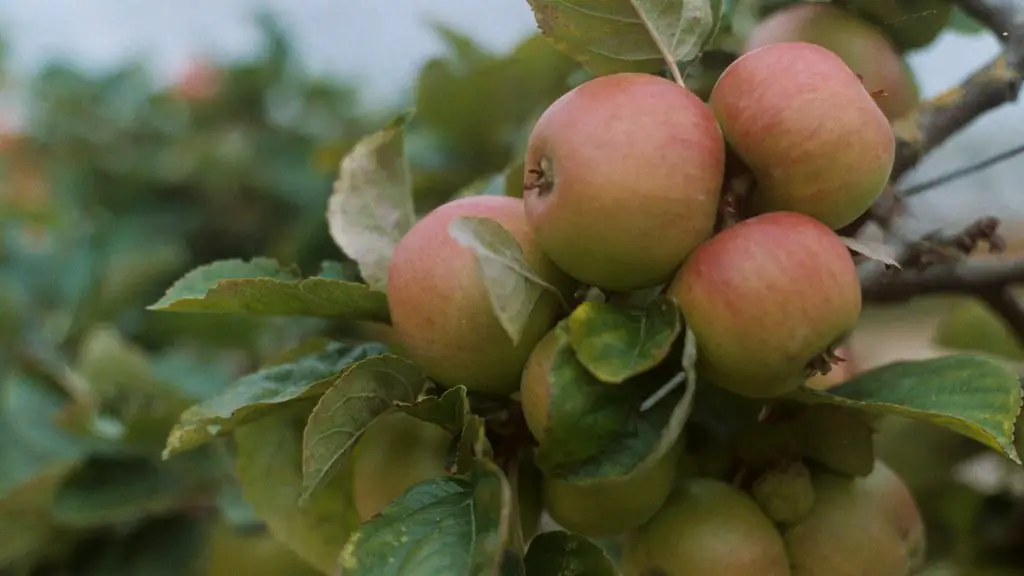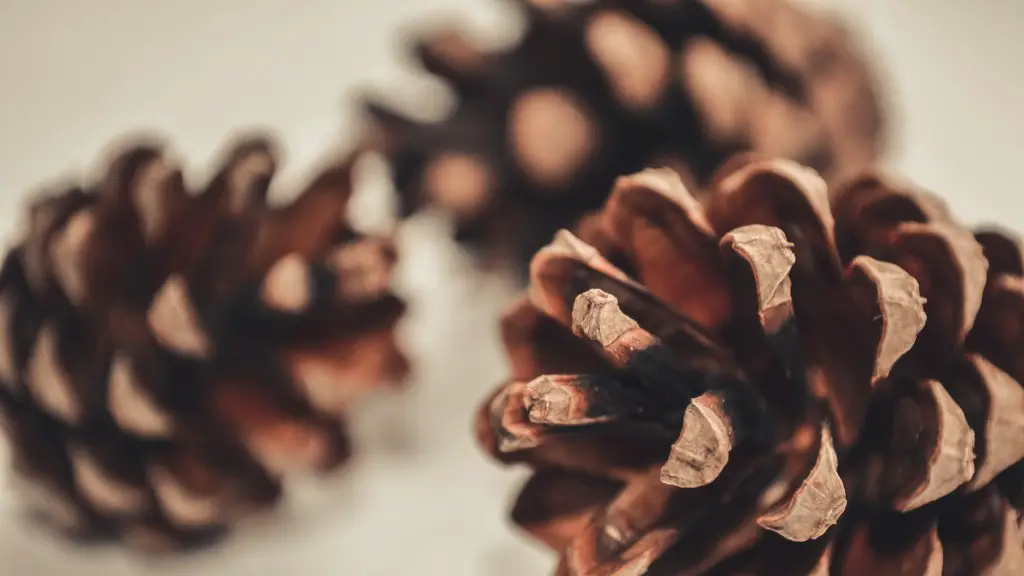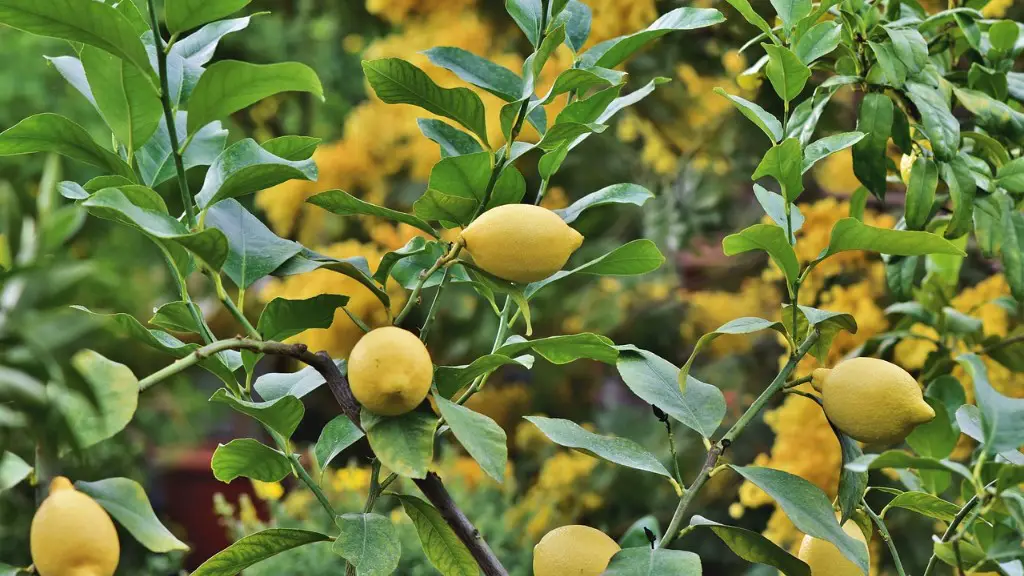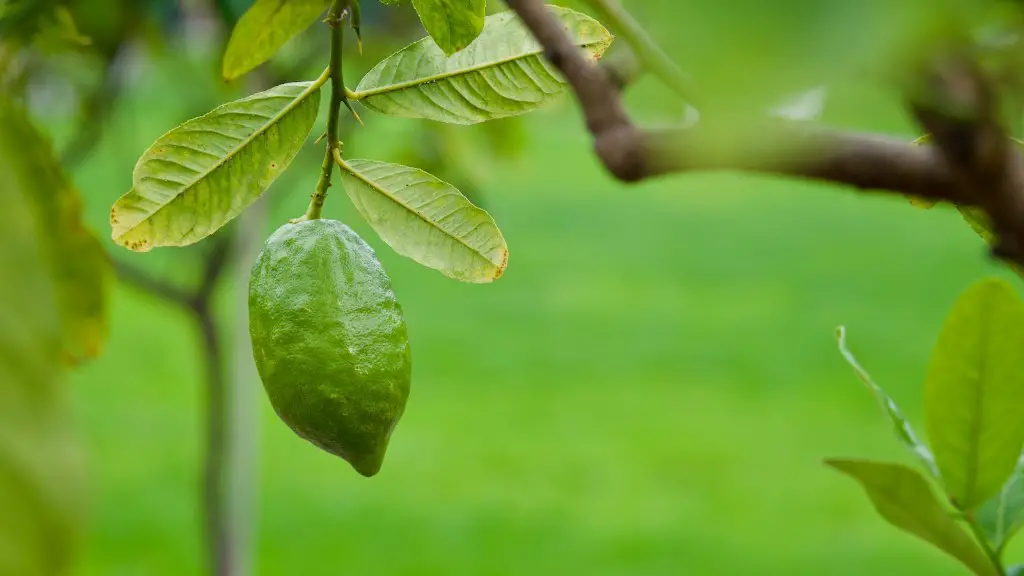If you want your apple tree to produce a good crop of fruit, you need to prune it regularly. Pruning an apple tree is not difficult, but you need to do it at the right time of year. Late winter is the best time to prune an apple tree.
To prune an apple tree for the winter, you will need to remove any dead or diseased branches, as well as any crossing or rubbing branches. You will also need to thin out the canopy to allow for better circulation and sunlight penetration. Finally, you will need to cut back the tips of the branches to promote new growth in the spring.
How do I prepare my apple tree for winter?
As the weather begins to cool down and the leaves start to change color, it’s time to start thinking about preparing your apple trees for winter. Here are a few tips to help you get started:
1. Clean up around the trees, removing all fallen fruit and dead leaves. This will help prevent disease and pests from overwintering in the debris.
2. Refrain from fertilizing in the fall. Too much nitrogen can stimulate new growth that will be vulnerable to frost damage.
3. Do not over prune. Pruning too severely can weaken the tree and make it more susceptible to winter damage.
4. Apply a pest barrier. This will help prevent insects and other pests from infesting the trees.
5. Mulch around the trees. This will help insulate the roots and prevent them from drying out.
6. Paint the trunks white and create tree guards. This will reflect sunlight and help prevent sunscald.
7. Keep the trees well-watered. This will help them withstand the cold winter weather.
8. Harvest any lingering fruits. This will prevent them from being damaged by frost.
If you’re looking to prune your trees, the best time to do so is actually in the late winter. This is because the branches are bare, making it easier to see any potential disease problems. Additionally, the wound from pruning will heal quickly during this time.
What branches do you prune on an apple tree
When pruning, you should aim to remove weak, diseased, injured, or narrow-angle branches. You should also remove the weaker of any crossing or interfering branches, and one branch of forked limbs. In addition, you should remove upright branches and any that sweep back inward toward the center of the tree.
Prune your apple tree when the leaves are off the tree and you can see the shape of the tree. You want to remove any dead or diseased branches, as well as any branches that are crossing or rubbing against each other. You also want to thin out the tree so that there’s good air circulation and light penetration.
How do you prune apple trees in the fall?
I like to prune suckers or water sprouts in the fall. They typically grow vertically from branches, and I think it looks better when they’re pruned. Plus, it helps the plant to focus its energy on more productive growth.
Winterizing fruit trees is a no brainer. It’s worth taking a few extra minutes in the fall to ensure that these valuable assets to the landscape are well protected until spring.
Can I prune apple trees in November?
Apple trees are generally pruned in winter, between November and early March, when the plant is dormant. Winter pruning stimulates root growth. Trained apple trees should be pruned in summer, with just a tidy up during winter if required. Mid- to late-August is ideal.
Pruning fruit trees in the summertime can help to slow down the tree’s growth. By pruning off the new growth, the tree won’t have as much energy to put into growing new wood. This can help to keep the tree’s size under control and make it easier to manage.
Is it better to prune fruit trees in fall or spring
Pruning fruit trees in early spring (about 2 weeks after the last frost) is ideal, as the buds are easier to see and the cuts will heal more quickly. Sweet cherries are an exception, and can be pruned at any time.
Apple trees need to be pruned every year in order to maintain a good shape and produce a good crop of apples. There are a few steps to take when pruning an apple tree:
Remove any dead, diseased, or damaged limbs – This includes any limbs that are hanging down or broken.
Prune competing central leader branches – These are the branches that compete with the main central leader branch for dominance.
Prune non-primary scaffold branches – These are the branches that don’t produce apples and don’t support the main scaffold branches.
Prune suckers – These are the small shoots that come up from the roots and base of the tree.
Prune downward and inward growing branches – These are the branches that are growing down into the tree or inward towards the trunk.
Prune the whorls – These are the groups of leaves that form at the tips of the branches.
How far back do you prune an apple tree?
Pruning is a important horticultural practice that helps to maintain the health and vigor of a plant. By pruning to a more upward-growing branch or back to the main trunk, you can encourage the plant to produce more fruit. This is done by shortening the previous year’s growth on each of the main branches by a quarter to one-third, cutting just above an outward-facing bud. This will encourage branching and the formation of fruiting spurs (stubby shoots with fruit buds).
If you have an apple tree with branches that are growing downward, you will need to remove them. These branches will not be able to bear large and healthy fruit, and will take up valuable space and sunlight that other branches can use more effectively. Prune down whorls to improve the health and productivity of your apple tree.
Can you prune fruit trees in the fall
Pruning is best done when the tree is dormant, as this is easiest on the tree and for you. It’s easier to see where to make your cuts when the leaves have fallen, so wait until late fall, winter, or early spring to prune your tree.
Topping a tree is bad for any tree, including fruit trees. The suckers that shoot back up from a topped fruit tree are not only ugly, but they produce leaves instead of fruit. Old trees can be invigorated by heavy pruning to produce new wood and spur systems. There may be a temporary drop in fruit production, but the long-term benefits are worth it.
What happens if you prune apple trees too late?
Left unchecked, trees will grow too many shoots and large branches, which can impede sunlight from getting to the lower branches. Pruning is a way to control the growth of a tree and promote healthy growth.
Pruning apple trees in the fall can encourage them to send out fresh new shoots that aren’t tough enough to withstand cold weather. Wait until the leaves have fallen off instead. This means that they’re fully dormant and won’t grow any more until the weather warms up.
Warp Up
Apple trees are typically pruned in late winter or early spring, before new growth begins.
If you want to prune your apple tree for the winter, you should start by removing any dead or diseased branches. Next, shorten any long branches to encourage new growth. Finally, thin out the branches to increase air circulation and light penetration.




